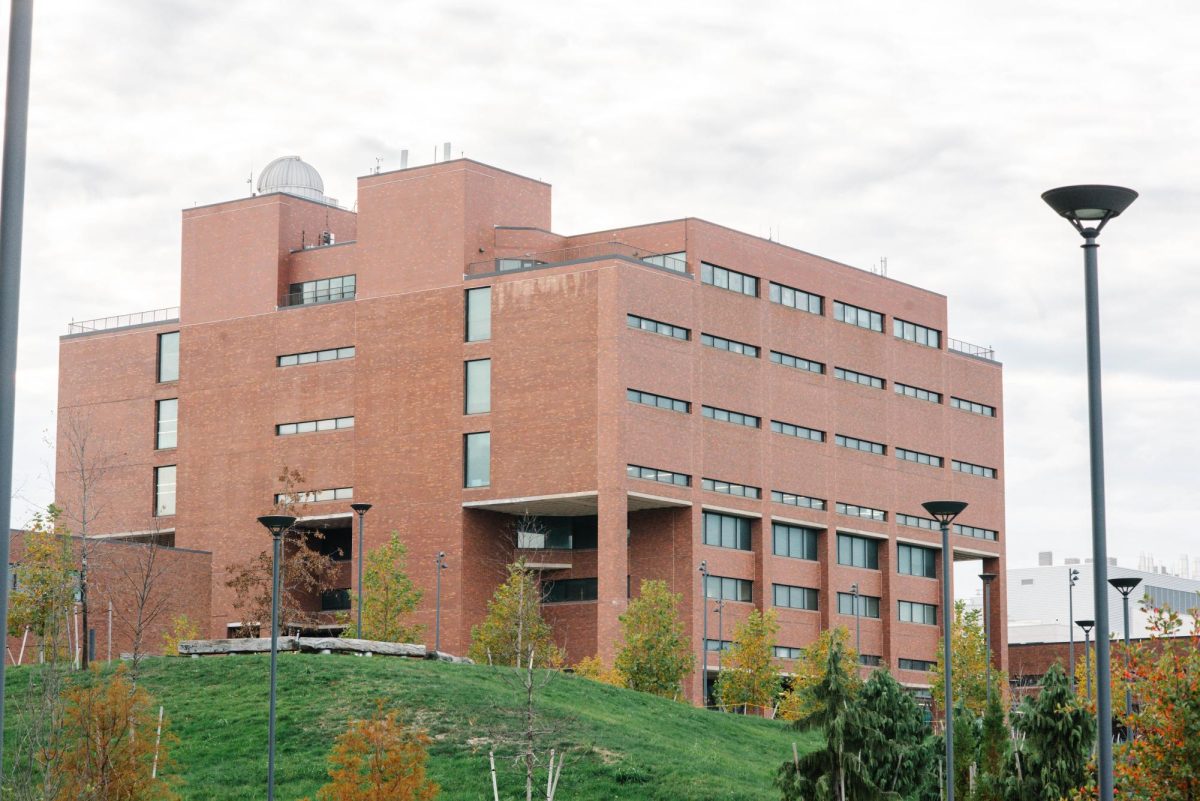Over the last 20 years, the average cost of tuition and fees at public four-year colleges has surged by an astonishing 141 percent. From 2021-22 to 2022-23, tuition rose another 1.6 percent on average at these institutions. For many families, this steady climb means more hours spent saving, larger student loan balances, and a growing uncertainty about whether the investment is truly worth it. So why, despite already high costs, does the price of a college education keep rising?
According to various studies and documented data, several factors contribute to the rise in college tuition. The most prominent reasons appear to be the increased demand for higher education and a decline in public funding to help offset these costs.
A college education has long been viewed as a path to higher earnings. In a recent analysis I conducted using the Current Population Survey dataset, I found that college graduates earn, on average, up to 67 percent more than those with a high school diploma, and significantly more than people who have less than a high school diploma as their highest educational attainment. But it isn’t just data analysts and economists who are aware of these figures — anyone who compares the average salaries of college and high school graduates can see the difference. This awareness, combined with both social and financial pressures, drives more individuals to pursue a college education.
With the growing demand for college education, there is increased upward pressure on tuition costs — the monetary cost that students pay to attend college. Many colleges view this demand as an opportunity to raise prices, knowing that students are willing to pay more for the promise of better career prospects and higher earnings.
At the same time, colleges are also receiving less money from state governments. According to a report made by Mary Ellen Flannery from the National Education Association in 2022, 32 states in the U.S spent less on public college funding in 2020 than in 2008. In a more recent study by Higher Ed Dive, students’ share of higher education funding hit its lowest level in more than a decade in 2022, with the share from states being 10 percentage points lower than it was in 2008. This decrease in state funding means a larger share of higher education costs is being transferred to the students and results in an increase in tuition.
Beyond the growing demand for education and the decline in state funding, rising operating costs are another significant factor driving tuition increases. Although inflation has slowed recently, prices continue to climb, raising the cost of living — and colleges are not immune. Institutions must pay salaries, maintain facilities, and fund new projects, all while balancing tighter budgets.
For instance, UMass Boston has multiple ongoing construction projects adding to these financial pressures, contributing to the 2.5 percent tuition hike starting in the 2024-25 academic year. Despite efforts to centralize administrative functions and keep increases below inflation, UMass officials warn that holding tuition adjustments too low may jeopardize the institution’s financial health. As one trustee stated, continually undercutting inflation could risk “running the institution into the ground.”
The rising cost of college tuition is a complicated problem, with increased demand for college education, shrinking state funding, and rising operational expenses all playing a role. For students and their families, it means more financial stress and tough decisions about whether college is worth the cost.
While a degree still holds value, it’s clear that the journey getting it is becoming harder to afford. So, what’s the solution? Policymakers, schools, and even students need to work together to find ways to make college more affordable — whether it’s rethinking how schools are funded or cutting unnecessary costs. If we want higher education to stay within reach, something has to change.
This article appeared in print on Page 6 of Vol. LVIII Issue VII, published Nov. 18, 2024.



